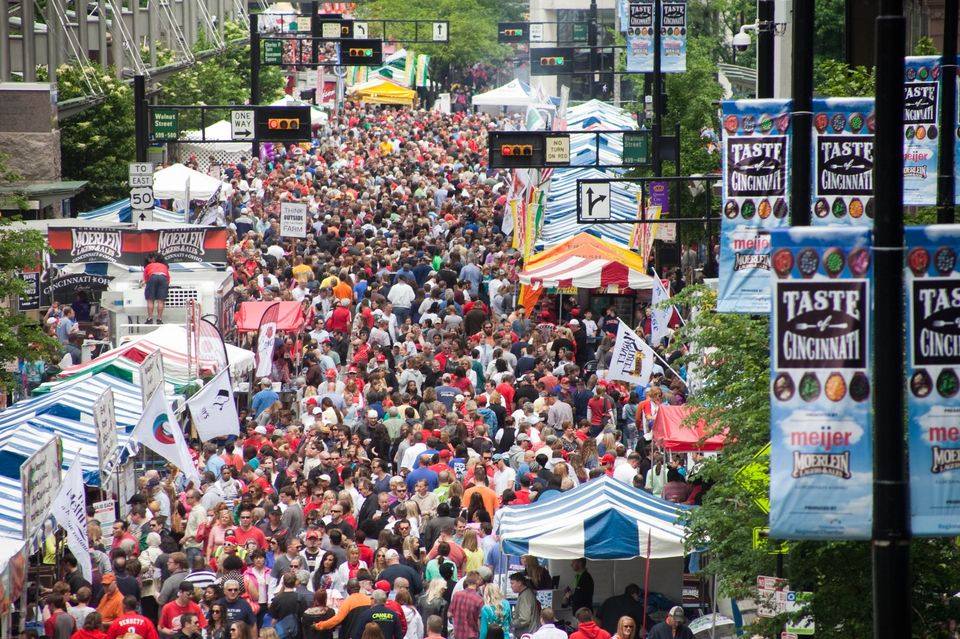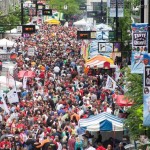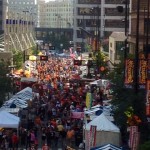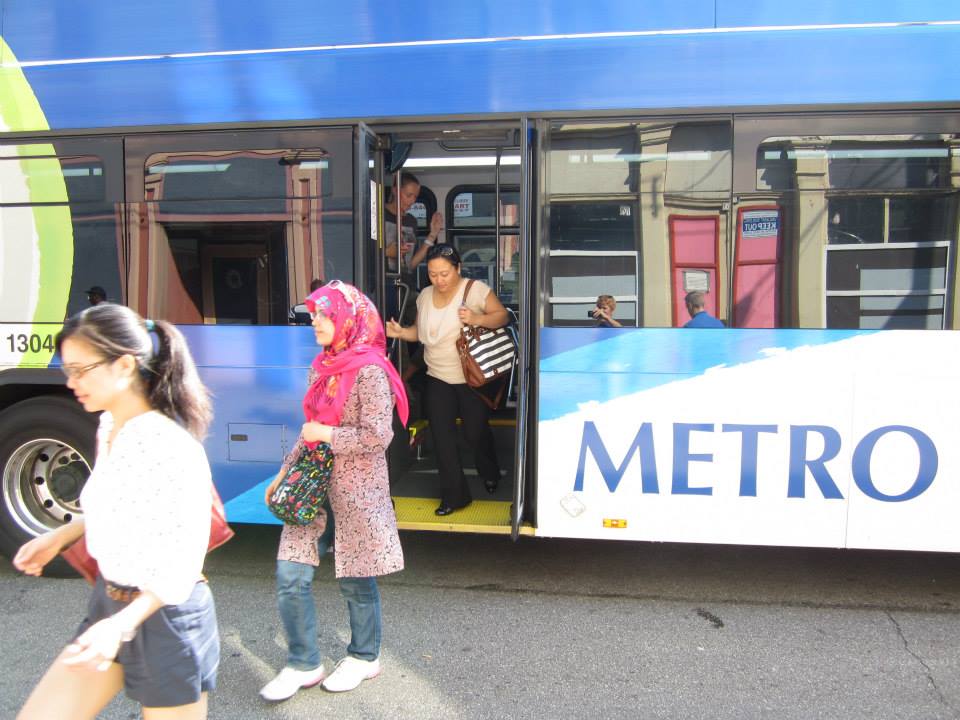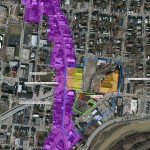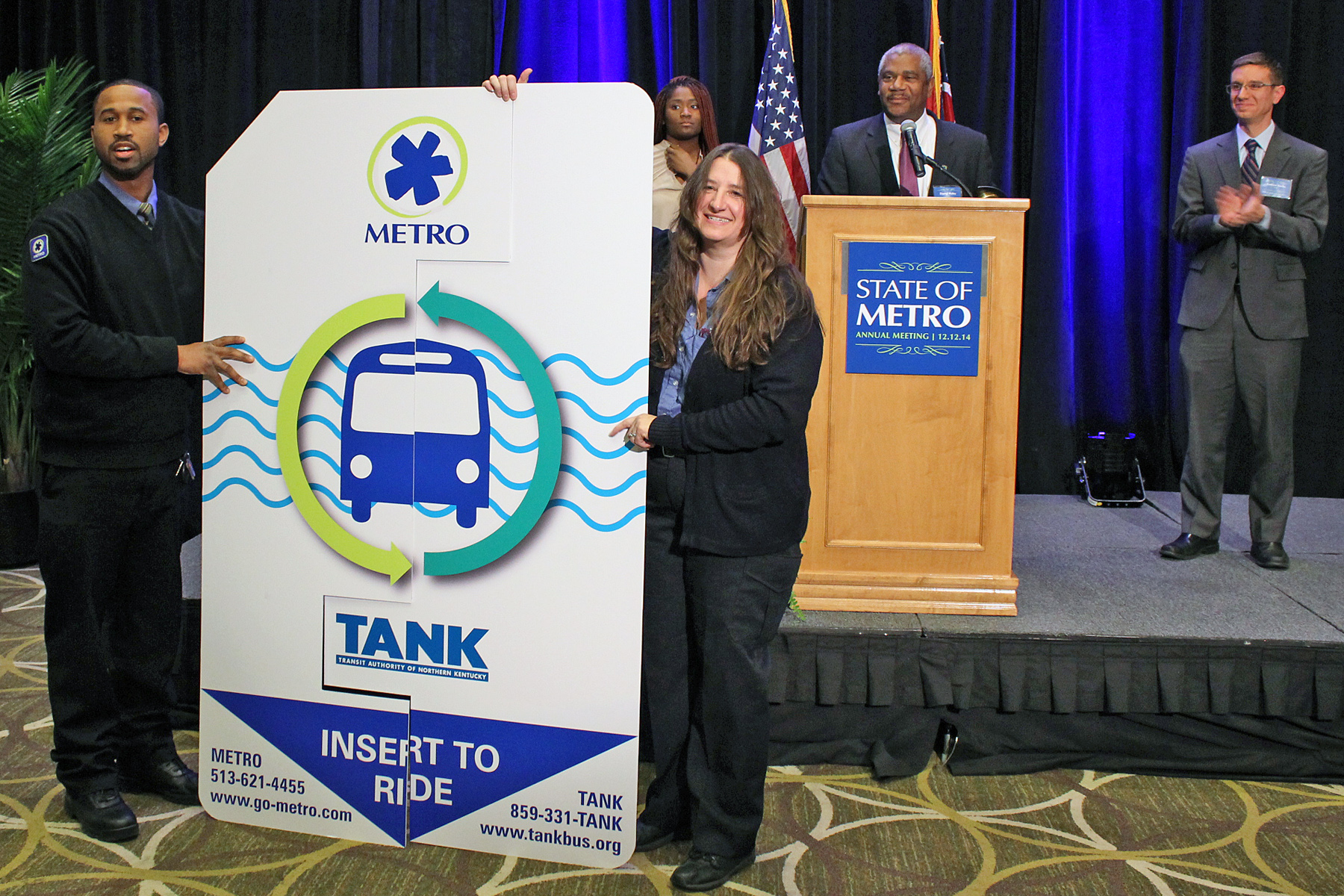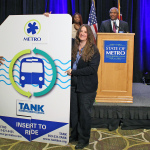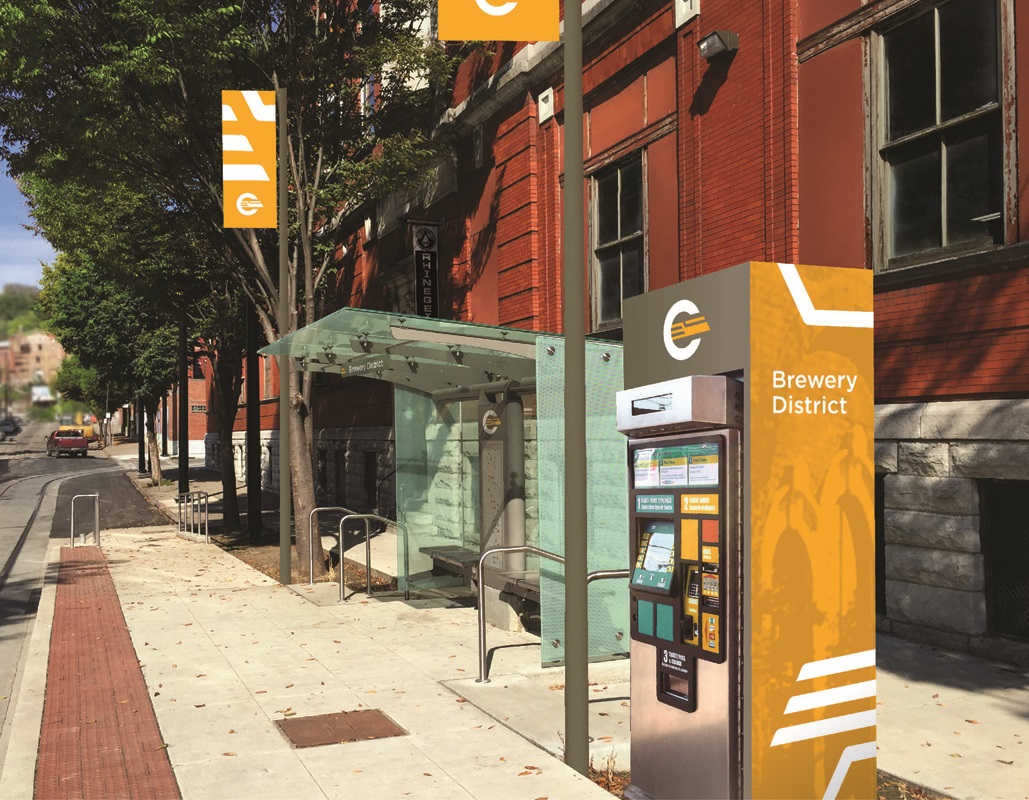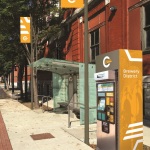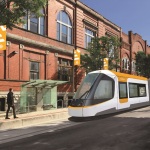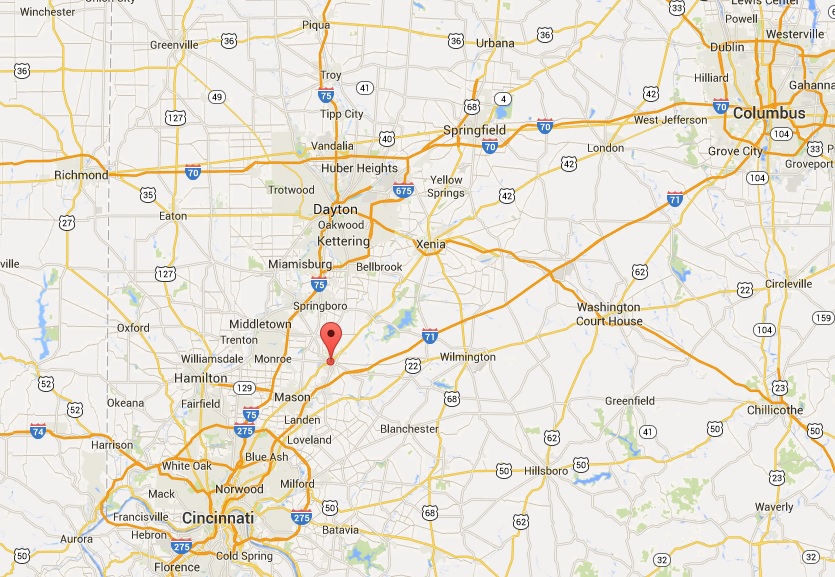There has been much rancor over the past week about how or if to operate the streetcar during major events such as Oktoberfest or Taste of Cincinnati. The perceived problem is that the streetcar’s tracks cross the existing location of those major festivals, and would thus pose a conflict.
It is worth taking a look at these festivals and their locations along Fifth Street, along with what other options might exist.
Historical Context
Both festivals got their start in the 1970s, with Oktoberfest tapping its first keg in 1976 and the Taste of Cincinnati kicking off in 1979. While Oktoberfest originally began on Fifth Street, Taste of Cincinnati did not. In fact, it was not until very recently that the Taste of Cincinnati moved to Fifth Street and joined its mega-festival partner.
When Taste of Cincinnati modestly kicked off 36 years ago, it was actually held in Piatt Park. It stayed there for three short years and then moved to Central Parkway, where it remained until 2007 when the renovation of Fountain Square was completed. At that time, it made sense to host both festivals to Fifth Street around the reborn Fountain Square.
When the city’s first modern streetcar line opens next year, it will have been nine years since both festivals were regularly being held on Fifth Street. Following this year’s scheduled events, it will also be time for both festivals to consider moving to even better environs along the central riverfront. Of course, since the streetcar isn’t planned to open for operations until September, that means Taste of Cincinnati could stay where it is without any problems for 2016 as well.
Accessibility
One of the biggest positives and negatives about Fifth Street is its central location and connectivity to Fountain Square – the traditional public gathering point for Cincinnatians. Everyone knows where it is. The problem with it is that it is also all of that for everyday residents, visitors and workers in the bustling central business district; and these events shut down that corridor for days at a time.
With the events typically extending from Race/Vine Street to Sycamore/Broadway Street – a four- to five-block span – they also require a number of cross streets and major transportation hubs like Government Square to shut down. When the streetcar begins its operations, it too will have to alter its operations and only run approximately half of its initial route during the events.
By moving both festivals to the central riverfront they would be able to take advantage of the huge Central Riverfront Garage underneath The Banks, and also be able to take direct advantage of the Riverfront Transit Center, which was custom built for serving massive crowds such as those that attend Oktoberfest and Taste of Cincinnati.
At the same time, Metro bus service and streetcar operations would be able to continue uninterrupted.
Furthermore, unlike Fifth Street, the streets at The Banks do not serve as major access points for the regional highway system, so closing those streets off would not severely disrupt the flow of goods and people in the central business district. Without that restriction, Oktoberfest and Taste of Cincinnati could explore the idea of taking place over additional days, instead of being limited to three-day weekends.
Accommodations
Like Fifth Street, the central riverfront is within close walking distance of the many hotels located in the central business district, but it doesn’t serve as a barrier to them with its tents, debris and staging.
In addition to the hotels, businesses at The Banks would be much better-suited to handle mega events such as these. Buildings and storefronts along and around Fifth Street have been designed in a traditional sense, while those at The Banks have been custom built to accommodate large street crowds and festivals with walk-up windows, fold open walls and the forthcoming open-container law.
In fact, the huge popularity of Oktoberfest has already begun to spread beyond Fifth Street. UberDrome is now set-up in Smale Riverfront Park by the Moerlein Lager House and Paulaner; and the growing number of breweries in Over-the-Rhine are also now hosting special events during the period during and around Oktoberfest. A perfect connection between all of the festivities, as has been suggested by Christian Moerlein’s owner Greg Hardman, is the first leg of the streetcar.
Organization and Set-Up
Fifth Street, unlike the central riverfront, has very little in terms of open areas for special activities. With the $125 million dunnhumby Centre now complete at Fifth and Race, Fifth Street has also lost a large surface parking lot that had served as a staging area for these festivals. Along the central riverfront there are several event lawns that not only offer more flexibility for programming, but also are more comfortable for event-goers than the hardscapes offered along Fifth Street.
Furthermore, while Cincinnatians have grown accustomed to the linear organization of these types of festivals, which may not be the best set-up for them. With the ability to shut down multiple streets at a time without causing problems for traffic flow, The Banks allows for a more district-oriented festival. This would allow people to more easily get from one spot to another, without needing to go back against the grain an entire four blocks to meet friends just arriving.
In addition to all of this, The Banks development and Smale Riverfront Park are only getting bigger. So as they expand over the coming years, so will the possibilities for both of these great festivals that help to define the spirit of Cincinnati and its people.
While the Cincinnati Streetcar may be sparking this conversation, the decision to move Oktoberfest and Taste of Cincinnati to the central riverfront is clear on its own merits and should be seriously considered. Both continue to grow in popularity and set record crowds each year. At some point soon we are going to have to make a decision about how to accommodate these growing crowds.
Let’s allow our companies in the central business district to flourish without interruption, our transit systems to serve huge crowds at full capacity, and two of our greatest cultural festivals the ability to grow and prosper for generations to come. Move Oktoberfest and Taste of Cincinnati off of Fifth Street and to the central riverfront.
